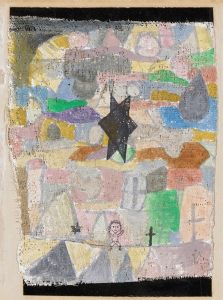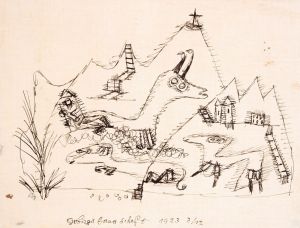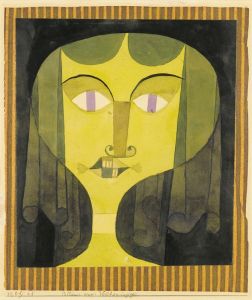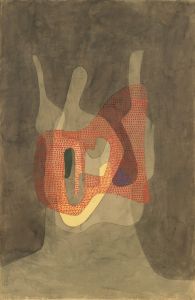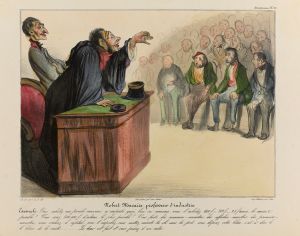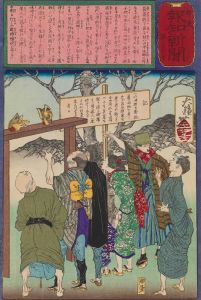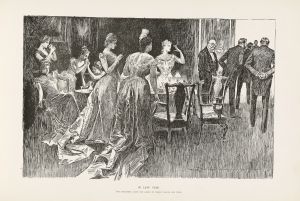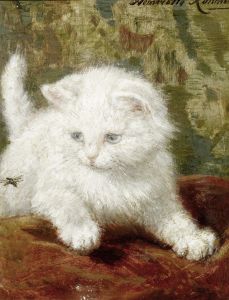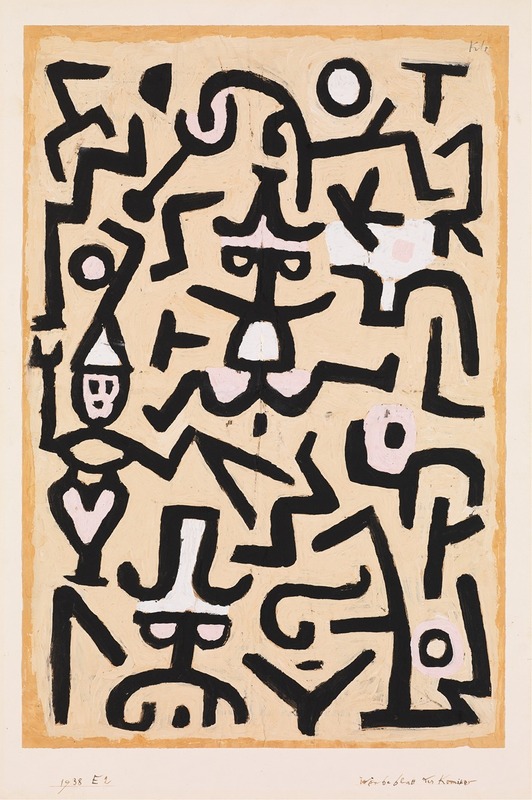
Comedians’ Handbill
A hand-painted replica of Paul Klee’s masterpiece Comedians’ Handbill, meticulously crafted by professional artists to capture the true essence of the original. Each piece is created with museum-quality canvas and rare mineral pigments, carefully painted by experienced artists with delicate brushstrokes and rich, layered colors to perfectly recreate the texture of the original artwork. Unlike machine-printed reproductions, this hand-painted version brings the painting to life, infused with the artist’s emotions and skill in every stroke. Whether for personal collection or home decoration, it instantly elevates the artistic atmosphere of any space.
Paul Klee's Comedians’ Handbill is a painting created in 1938 by the Swiss-born artist, who is widely regarded as one of the most influential figures in modern art. Known for his highly individual style, Klee's works often blend elements of abstraction, surrealism, and expressionism, and he frequently drew inspiration from music, nature, and his own imagination. Comedians’ Handbill is a notable example of Klee's late-period work, created during a time of personal and political turmoil.
In 1933, Klee was dismissed from his teaching position at the Düsseldorf Academy by the Nazi regime, which labeled his art as "degenerate." He returned to his native Switzerland, where he continued to work despite deteriorating health. By 1935, Klee was diagnosed with scleroderma, a chronic illness that significantly affected his ability to paint. However, his later works, including Comedians’ Handbill, are marked by a renewed intensity and a sense of urgency.
The painting reflects Klee's characteristic use of symbols, lines, and geometric forms, which he often employed to convey complex ideas and emotions. In Comedians’ Handbill, Klee arranges a series of abstract, mask-like faces and figures, which may evoke the world of theater or performance. The title suggests a connection to promotional materials for a theatrical troupe, though the exact meaning of the imagery remains open to interpretation. The work is rendered in a muted palette, with earthy tones and subtle contrasts, which is typical of Klee's later style.
Comedians’ Handbill is often interpreted as a reflection of Klee's response to the political and social upheavals of the 1930s, as well as his own struggles with illness. The fragmented, enigmatic forms in the painting may suggest themes of identity, disguise, or the human condition. However, Klee's works resist straightforward interpretation, as he often sought to leave room for the viewer's imagination.
Today, Comedians’ Handbill is held in the collection of the Kunstmuseum Bern in Switzerland, which houses a significant number of Klee's works. The painting continues to be studied and admired for its intricate composition and the way it encapsulates Klee's unique artistic vision during a challenging period in his life.





